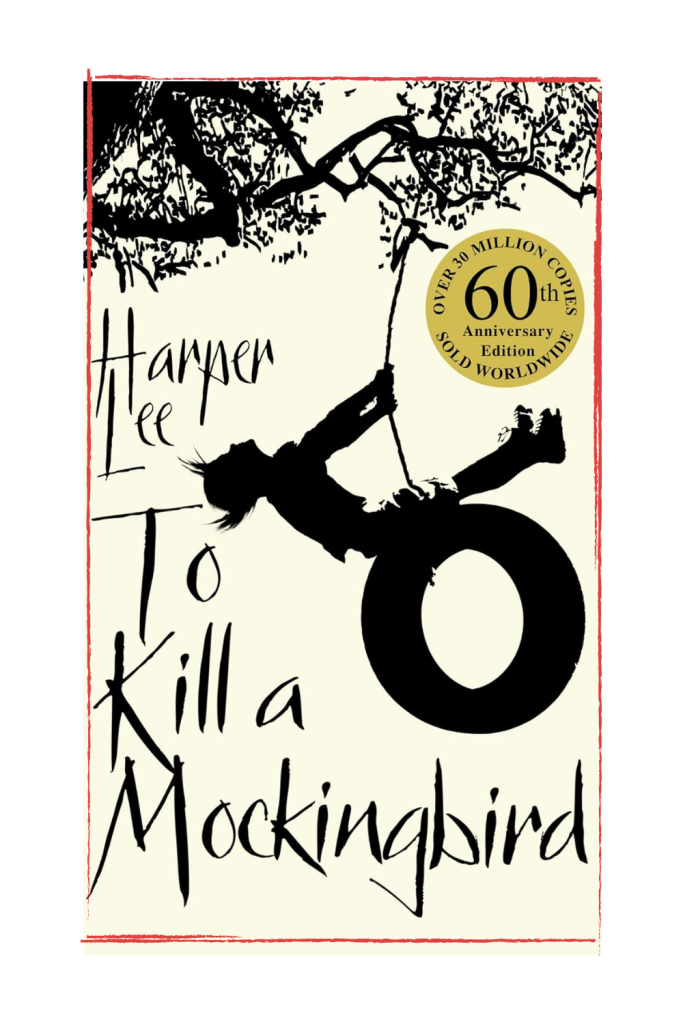To Kill a Mockingbird by Harper Lee is considered a deep and moving examination of human ethics, told through Scout Finch’s innocent but penetrating eyes as she grows up in the racially segregated American South during the 1930s. The book has touched readers all over the world, since published in 1960 and has become a classic of contemporary American literature.

Image Source: amazon.com
The story is set in Maycomb, Alabama, a fictitious town centered on the Finches: Scout, her brother Jem, and their father Atticus Finch – an attorney. Atticus is assigned to defend Tom Robinson who is wrongfully accused of raping Mayella Ewell, a white woman. The trial and events surrounding it expose how deeply rooted racism and injustices are within the community.
Scout acts as the narrator, providing an exceptional stance as she goes through her childhood and tries to come to terms with her social environment. Scout’s character develops through her relationship with her father, brother, and Boo Radley, their mysterious neighbor revealing the novel’s themes of innocence; moral development; loss of innocence.
In essence, To Kill a Mockingbird is also a critique of racial prejudice and moral values. The moral strength embodied by Atticus Finch does not allow him to be influenced by societal preconceptions ingrained into its members’ minds from birth but teaches his children to uphold justice with empathy. One notable line where he tells his daughter, “You never really understand a person until you consider things from his point of view” encompasses compassion for others promoted by this literary masterpiece.
The work also focuses on the loss of innocence theme. It employs mockingbirds as symbols for innocent people that society destroys or hurts just like Tom Robinson or Boo Radley.
Harper Lee’s writing style is both plain-speaking and richly symbolic at once. In using Scout’s voice as a storyteller, it seems we hear genuine child opinion even when discussing intricate societal themes. The dialogue is realistic, capturing the dialect of the location, and adding dimensions to the characters.
These Southern Gothic features such as decaying old houses, mysterious shut-ins, and racial tension beneath the surface enhance its atmospheric suspense and bring out the dark side of Maycomb’s seeming sweetness.
To Kill a Mockingbird has had a monumental effect on literature and society. It has led to debates on race, justice, and morality that are still relevant today. As an embodiment of moral uprightness, he is an example of virtue to many readers who look within themselves for their principles in life.
Furthermore, it extends beyond its literary accolades as it has been made into an Academy Award-winning movie, often studied in schools. Her book will never be a thing of the past due to such issues being addressed so effectively because she is masterful at storytelling.
What Harper Lee has done in his book, To Kill a Mockingbird is to combine feelings and thoughts in his account. We are made to see the harsh realities of bias and unfairness by Scout’s childlike perspective while at the same time learning that a true heart will always be stirred by compassion and moral resolve. The novel mirrors contemporary social concerns and remains a noteworthy touchstone for successive generations who wish to have their minds opened. To understand human nature at its deepest levels, one should not hesitate to read To Kill a Mockingbird because it is powerful and moving.